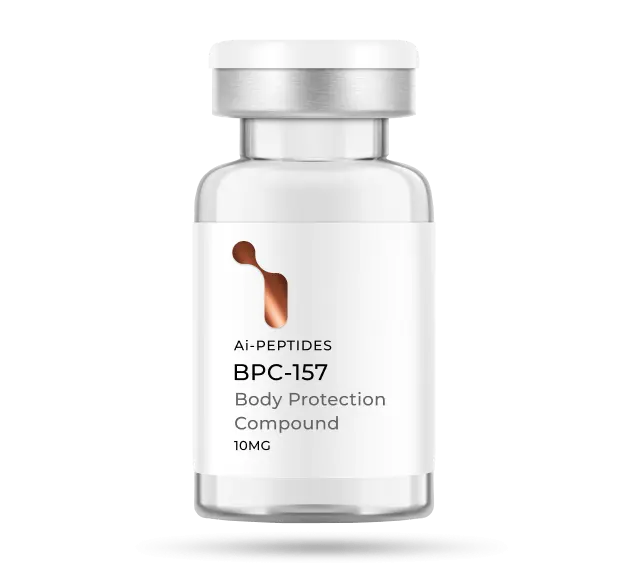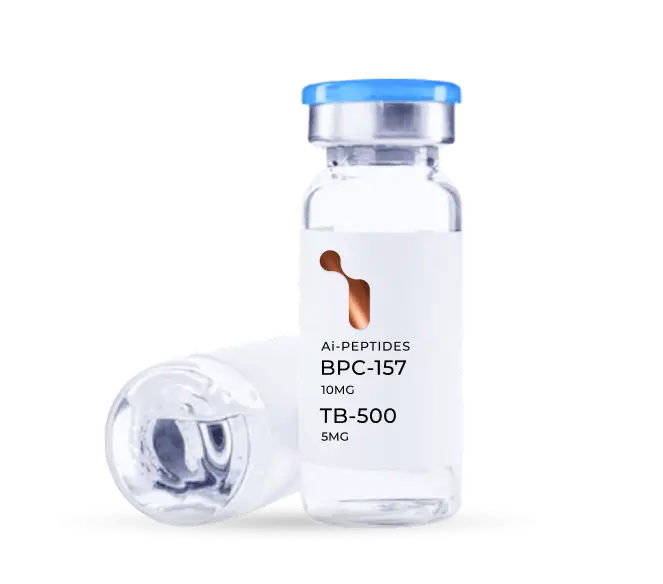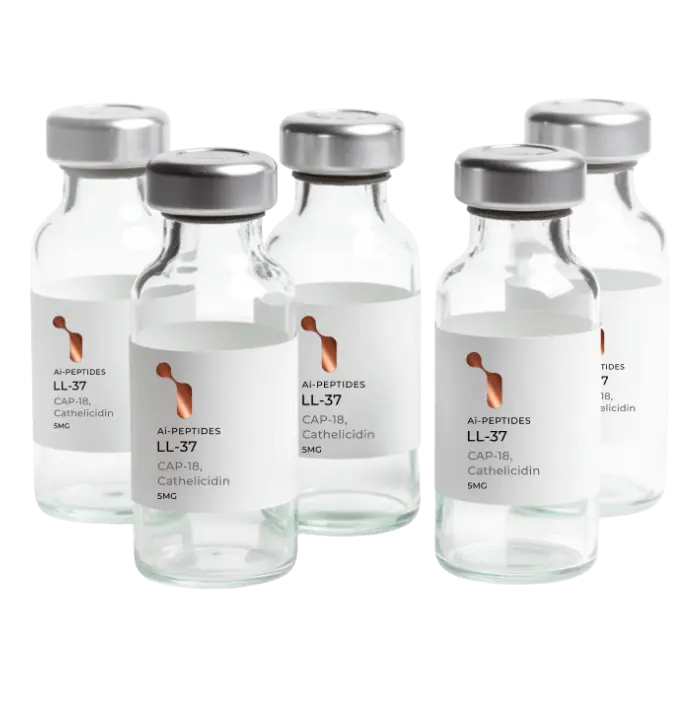Introduction
GHK-Cu (Glycyl-L-Histidyl-L-Lysine-Copper) is a small peptide composed of three amino acids and a copper ion. It was first discovered in the 1970s by Dr. Loren Pickart, a biochemist at the University of California, San Francisco. Dr. Pickart initially discovered GHK-Cu as a component of human plasma, but later found that it was present in many tissues and organs throughout the body. He also found that GHK-Cu levels decrease with age, leading him to hypothesize that peptides may play a role in the aging process. Over the years, GHK-Cu has been studied extensively for its potential therapeutic properties. It has been found to have antioxidant, anti-inflammatory, and wound-healing effects, as well as the ability to stimulate collagen production and improve skin elasticity.GHK-Cu has also been shown to have neuroprotective effects and may be beneficial for conditions such as Alzheimer’s disease and Parkinson’s disease. In addition, GHK-Cu has been investigated for its potential anti-cancer properties. Studies have found that it may inhibit the growth of certain types of cancer cells and enhance the activity of immune cells. The history of GHK-Cu peptide is one of ongoing research and discovery of its many potential therapeutic applications.
Why Copper?
Copper is added to the GHK peptide to form the GHK-Cu complex, which is the biologically active form of the peptide. The copper ion is an essential component of this complex and plays a crucial role in its biological activity. GHK-Cu has been found to have numerous biological functions, such as stimulating the production of collagen, promoting the growth of blood vessels, and enhancing antioxidant activity. Copper plays a crucial role in these functions by acting as a cofactor for enzymes that are involved in collagen synthesis, angiogenesis, and antioxidant defense.
In addition, copper is essential for the activity of superoxide dismutase (SOD), an antioxidant enzyme that helps to neutralize harmful free radicals in the body. GHK-Cu has been found to enhance the activity of SOD, which may help to protect against oxidative stress and age-related damage.
Furthermore, copper is a potent anti-inflammatory agent and has been found to modulate immune responses. GHK-Cu has been shown to have anti-inflammatory effects, and copper is thought to play a role in this by regulating immune cell function and cytokine production. The addition of copper to the GHK peptide enhances its biological activity and may confer numerous health benefits.




